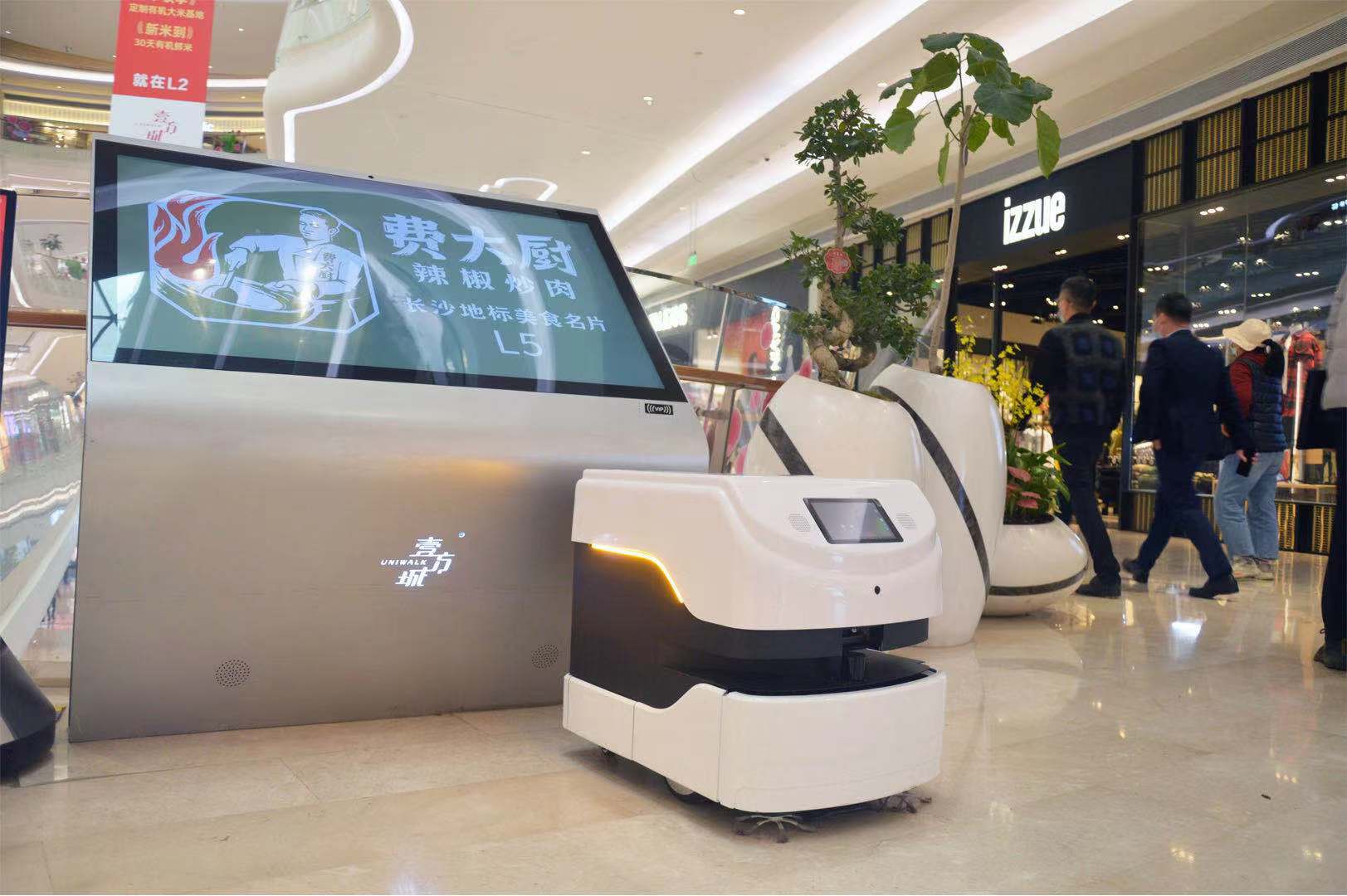
The COVID-19 pandemic, and the transformation it’s driven in how we perceive buildings, have dramatically accelerated the shift to more innovative, smart environments. However, there remains a misconception about what truly makes these buildings smart. While it’s easy to assume that the sensors, robotics, and other advanced tools in use are the brains behind more responsive commercial environments, the key to smarter buildings isn’t just separate automation initiatives—it’s connected automation with integrated data.
We’ve already seen the value of automation and data integration in play in a limited range. Many industrial buildings reap the benefits of building management systems that apply insight from data gathered across various system types to improve energy efficiency, optimize workflows, and reduce operational costs. Smart assistants support similar processes at home, such as automatically adjusting thermostats based on occupancy patterns to lower energy usage. While the tools themselves make this insight possible, it’s the process of communicating data across a range of such tools that truly makes an environment “smart.”The growing prevalence of smart tools and digital collaboration solutions drives greater expectations for smarter, healthier commercial environments. As remote workers move back into the office, consumers return to retail and hospitality spaces, and essential workers of all types navigate new ways of operating, there’s a greater need than ever for environments that support healthy work. Artificial intelligence solutions and robotics will all play a role in creating these future workplaces, but gaining the full advantage of these advanced systems will depend on greater connectivity across various platforms.
